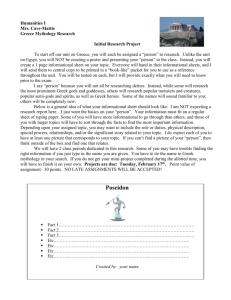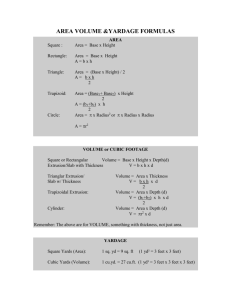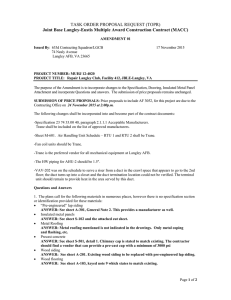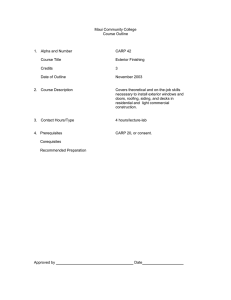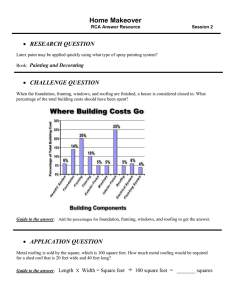Quiz 2 - Chapter 17
advertisement
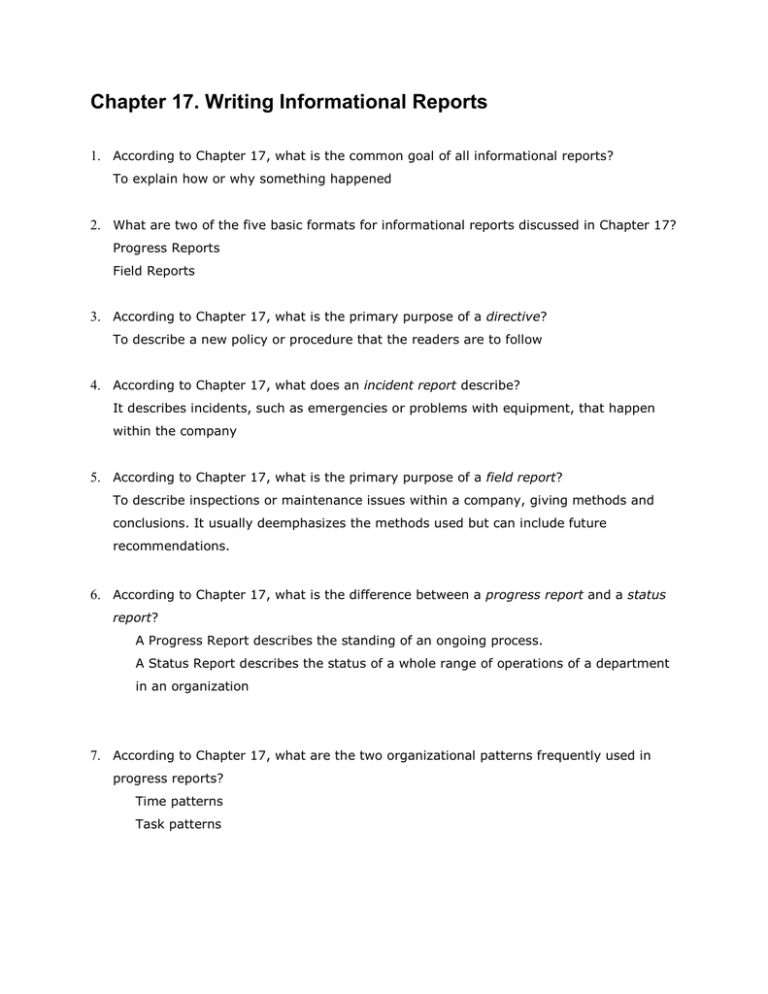
Chapter 17. Writing Informational Reports 1. According to Chapter 17, what is the common goal of all informational reports? To explain how or why something happened 2. What are two of the five basic formats for informational reports discussed in Chapter 17? Progress Reports Field Reports 3. According to Chapter 17, what is the primary purpose of a directive? To describe a new policy or procedure that the readers are to follow 4. According to Chapter 17, what does an incident report describe? It describes incidents, such as emergencies or problems with equipment, that happen within the company 5. According to Chapter 17, what is the primary purpose of a field report? To describe inspections or maintenance issues within a company, giving methods and conclusions. It usually deemphasizes the methods used but can include future recommendations. 6. According to Chapter 17, what is the difference between a progress report and a status report? A Progress Report describes the standing of an ongoing process. A Status Report describes the status of a whole range of operations of a department in an organization 7. According to Chapter 17, what are the two organizational patterns frequently used in progress reports? Time patterns Task patterns 8. In writing a set of meeting minutes, you should interpret the events of the meeting for your readers. TRUE or FALSE FALSE 9. You are employed by Rayburg, Inc., a construction company. While installing siding on one of the apartment buildings you are renovating, you find that the siding material is more brittle than expected. As a result, the lowest row might be chipped by lawn mowers hitting the lower edges of the siding panels. Installing protective guards will solve the problem without delaying the completion date, but may detract somewhat from the appearance. How should the company address this issue in the upcoming progress report to the customer? A. Because the customer will not experience a price increase or delay in completion date, the progress report should not mention the change. B. The report should refer to the change only in the conclusion so as to avoid unduly alarming the customer. C. For full disclosure, the report writer should add a “Problems Encountered” section at the end of the report. D. The report should explain the problem and solution in the relevant task description of the Progress-to-Date section of the report. 10. A progress report might do all of the following EXCEPT A. provide information on the status of the project B. include a budget table showing cost overruns C. announce a revised completion date for the project D. submit the deliverable





